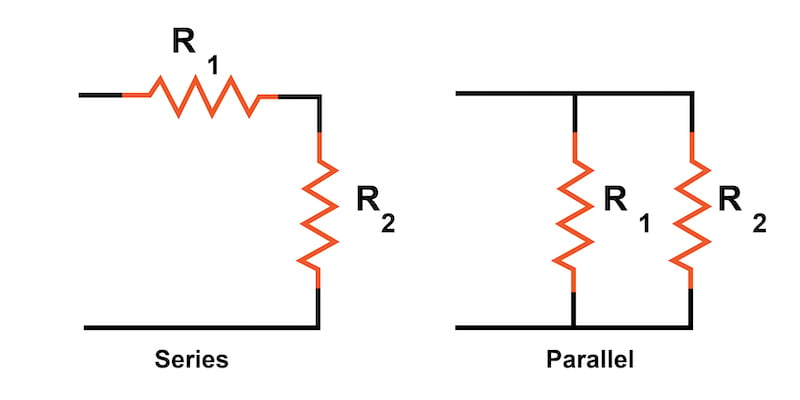Trying to get 24v from 2 ATX power supplies - call them A & B
I bound the yellows of A together, the blacks of A together, the yellows of B together, the blacks of B together.
I get 12v across the black & yellow of A & B separately,. but ALSO from yellow of A to black of B & vice versa. The cases aren't touching. They ARE plugged into a common 3 prong wall outlet
Because they have a common ground, right?
So I opened 1 of them. there was a wire from ground connector to case. Cut that off. There were caps from ground to hot and another from ground to neutral. Cut them out.
Still have 12 v between the 2 power supplies.
Any advice?
I bound the yellows of A together, the blacks of A together, the yellows of B together, the blacks of B together.
I get 12v across the black & yellow of A & B separately,. but ALSO from yellow of A to black of B & vice versa. The cases aren't touching. They ARE plugged into a common 3 prong wall outlet
Because they have a common ground, right?
So I opened 1 of them. there was a wire from ground connector to case. Cut that off. There were caps from ground to hot and another from ground to neutral. Cut them out.
Still have 12 v between the 2 power supplies.
Any advice?


